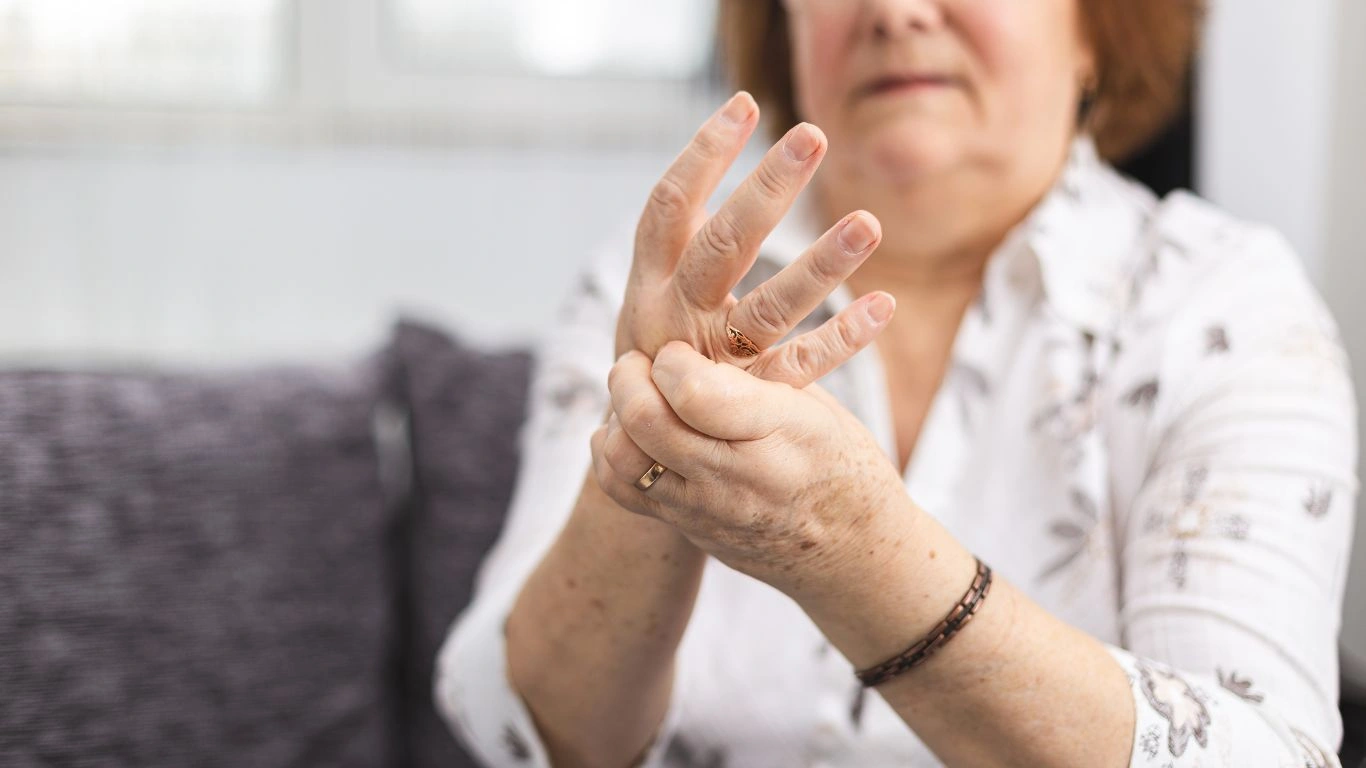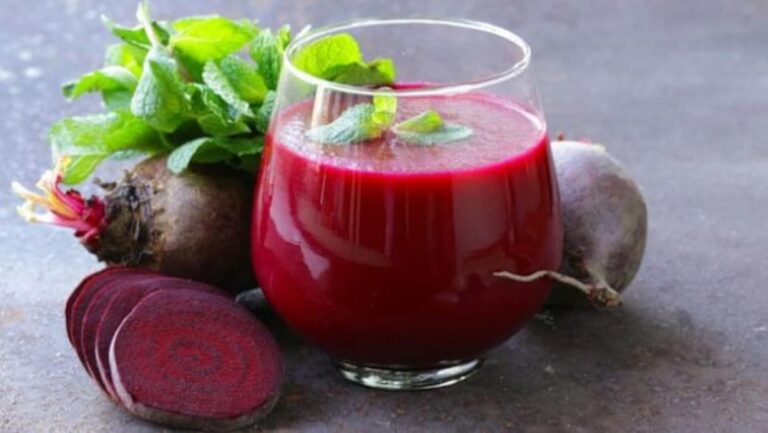Surprising Benefits of RA and Turmeric Effectiveness Revealed
If you’ve ever sat across from a patient with swollen, aching joints and a look of exhausted hope in their eyes, then you know exactly why I’m writing this. As a Rheumatology nurse practitioner, I’ve had countless conversations about natural options for managing rheumatoid arthritis (RA), especially with patients who are wary of long-term pharmaceutical side effects. One name that constantly comes up? Turmeric. And it’s no surprise—there’s a lot of buzz about the RA and turmeric effectiveness story. But does the golden spice really deliver? Let’s dive in and unpack it together, from both the science and the seat of lived experience.
Why Are RA Patients Turning to Turmeric?

RA is no walk in the park—anyone who’s lived with it (or cared for someone who has) knows that it’s more than just joint pain. It’s fatigue, morning stiffness, flare unpredictability, and, in some cases, a toll on emotional health. While disease-modifying anti-rheumatic drugs (DMARDs) are the gold standard in treatment, they don’t come without baggage—liver checks, immune suppression, and side effects that are often hard to ignore.
That’s where turmeric steps into the spotlight. It’s natural, it’s colorful, and it’s been part of ancient medicine systems like Ayurveda and Traditional Chinese Medicine for centuries. But the question I get asked all the time is: “Does it actually help with RA?”
Understanding the Anti-inflammatory Power of Curcumin
The secret weapon in turmeric is curcumin—a powerful anti-inflammatory compound that’s been studied for its potential to lower cytokine levels and inhibit NF-kB, a protein complex that plays a central role in chronic inflammation. Sounds promising, right? But here’s the catch: your body doesn’t absorb curcumin easily on its own. That’s why a lot of my patients who just start sprinkling turmeric on their eggs or tossing it in a smoothie don’t notice much change.
To actually see any benefit, it often needs to be paired with black pepper extract (piperine) or taken in more bioavailable supplement forms. I usually tell my patients to look for curcumin products that clearly state their absorption methods—otherwise, it might just be coloring your dinner plate without doing much else.
What Does the Research Say?

Now, I’m not just going off what I hear in clinic. Several clinical trials and meta-analyses have explored the RA and turmeric effectiveness connection. One small study published in 2012 in *Phytotherapy Research* showed that curcumin was even more effective than diclofenac sodium (a nonsteroidal anti-inflammatory drug) at reducing joint tenderness and swelling in RA patients. Yes—more effective. That study had a small sample size, so I always caution patients not to expect miracles, but it’s still pretty exciting.
Another meta-analysis I read recently pooled data from over a dozen randomized controlled trials and found that turmeric supplementation led to statistically significant reductions in CRP (C-reactive protein) and ESR (erythrocyte sedimentation rate)—both of which are blood markers for inflammation.
From the Clinic: Real Stories, Real Results
I’ll never forget one of my patients—let’s call her Dana. She was in her early 40s, juggling a demanding career and newly diagnosed RA. DMARDs helped, but she hated how “blah” they made her feel. We worked together on integrating a high-quality curcumin supplement into her routine, alongside her prescribed meds. Within a few months, she told me her morning stiffness had cut down by almost half. Now, that’s not peer-reviewed evidence, but it’s the kind of progress that keeps me hopeful.
- Important note: Dana didn’t ditch her RA meds—she used turmeric with them.
- She also made lifestyle shifts—more movement, anti-inflammatory diet, better sleep.
- But she swore turmeric helped take the edge off her flares.
Turmeric Isn’t a One-Size-Fits-All Fix

Here’s where I bring it back to reality: turmeric isn’t a miracle cure, and I always advise my patients not to view it as a replacement for their prescribed treatment plan. It’s a complementary therapy—something that might help nudge inflammation down, ease stiffness, and maybe help someone feel a little more like themselves again.
And the truth is, results vary. Some patients feel a real difference, others don’t notice much. Factors like gut health, genetics, and the severity of the disease all play a role. Plus, if you’re taking blood thinners or have gallbladder issues, turmeric supplements might not be safe at all. This is why a personalized approach—not just a Google search and a supplement aisle splurge—is so important.
So, How Much Turmeric Is Enough?

This is one of those questions I hear constantly: “How much turmeric should I take for my RA?” And honestly, there’s no one-size-fits-all answer here. I usually tell my patients that when it comes to RA and turmeric effectiveness, the key is quality and bioavailability—more than just the dosage.
In research settings, most studies showing benefit have used anywhere from 500 mg to 2,000 mg of curcumin per day, often split into two doses. But again, that’s typically standardized curcumin extract—not just raw turmeric powder. If you’re using turmeric powder alone (say, in tea or golden milk), you’d have to consume a lot more to reach a therapeutic level—and frankly, that’s not always realistic or tasty.
I usually recommend patients look for supplements that have been third-party tested, clearly state the amount of curcumin, and ideally include a bioenhancer like black pepper extract (piperine) or liposomal delivery. Otherwise, you might just be flushing most of it down the toilet—literally.
Forms of Turmeric That Actually Work
Not all turmeric supplements are created equal. Trust me, I’ve seen the full spectrum—from $5 bargain bottles to fancy clinical-grade formulas. Here’s what I typically suggest patients consider:
- Curcumin with piperine: This is the classic combo. Piperine enhances absorption by up to 2,000%—yep, you read that right.
- Phytosome formulations: These are bound to phospholipids, making them easier for your body to absorb.
- Liposomal curcumin: Encapsulated in lipids, these offer great bioavailability but can be pricier.
And just a heads-up—some of these might cause GI upset in sensitive folks. I always tell my patients to start slow and monitor how their body reacts, especially if they’re on other meds or have a sensitive stomach.
Can Turmeric Really Replace NSAIDs?

This is the million-dollar question. A lot of folks come into my clinic clutching their bottle of turmeric like it’s a golden ticket—ready to toss their NSAIDs in the trash. And while I totally get the urge to go “all natural,” I always pump the brakes a little there.
There is some early evidence suggesting that turmeric might have comparable anti-inflammatory effects to medications like ibuprofen or diclofenac, but let’s be real—those studies are limited, and results can vary a lot. I’ve had a handful of patients manage to reduce their NSAID use with turmeric’s support, but I’ve had others who saw no difference at all. For many, it’s more of a helpful add-on rather than a standalone replacement.
So no, turmeric isn’t a direct substitute—especially during RA flares, when quick symptom control is crucial. But it can be a steady, long-game player in the overall inflammation battle. And sometimes, it’s the combo of small tweaks that really moves the needle—diet, movement, sleep, meds, and yes, turmeric.
Patient-Friendly Ways to Include Turmeric Daily
Not everyone’s ready to jump into supplements right away. Some patients want to start small—test the waters with more natural approaches. Totally valid. Here are a few practical ways I recommend integrating turmeric into daily life:
- Golden milk: Warm almond milk, turmeric, black pepper, cinnamon, and a little honey—comforting and delicious.
- Add to soups or stews: A spoonful of turmeric can boost flavor and anti-inflammatory potential.
- Turmeric tea: Especially great in the evenings with ginger and lemon.
- Sprinkle on roasted veggies: Cauliflower and turmeric are a match made in flavor heaven.
Just remember that culinary doses, while healthful, are unlikely to bring the same kind of results as a well-formulated curcumin supplement. But every little bit helps—and sometimes those rituals offer a kind of emotional comfort that’s just as powerful as the physical support.
Turmeric Isn’t for Everyone—Here’s When to Be Cautious

Let’s talk safety. Because even natural things can have downsides. As much as I love turmeric, it’s not a fit for every patient. If you’re on blood thinners like warfarin or even high-dose aspirin, turmeric can increase your risk of bleeding. Same goes if you’ve got gallstones or bile duct obstruction—it can actually make symptoms worse.
I once had a patient start taking high-dose turmeric on her own while also on Eliquis. Her bruising became so extreme that her primary care doctor called me in a bit of a panic. Thankfully, we caught it early—but it’s a reminder that supplements are active compounds. They interact. They matter.
So here’s my big piece of advice: Talk to your provider. Please. Don’t just Google, don’t just follow a wellness influencer. Integrative approaches to RA are most powerful—and safest—when you’re working as a team with your care providers.
Combining Turmeric with Other Natural Strategies for RA Relief

Over the years in clinic, I’ve seen a clear pattern: patients who find the most relief from their RA symptoms aren’t just relying on one tool. Whether it’s turmeric, prescription meds, or dietary shifts, the biggest wins come when multiple strategies are stacked together. Think of it like a toolkit—turmeric is just one of the useful tools, not the whole toolbox.
I’ve had patients who pair their curcumin supplements with gentle movement (like yoga or tai chi), prioritize sleep hygiene, clean up their diet, and work on stress reduction. And honestly? That’s the group that tends to report fewer flares, better energy, and less stiffness in the morning. I’m not saying turmeric is a cure-all—but it fits beautifully into a holistic plan.
Here’s a combo I often recommend for those with mild to moderate RA symptoms looking to explore integrative options:
- Curcumin supplement (500–1,000 mg/day with piperine or liposomal form)
- Omega-3 fatty acids (from fish oil or algae-based source)
- Gentle daily movement (especially low-impact exercises)
- Anti-inflammatory diet (lots of colorful veggies, berries, fatty fish, and spices like ginger and turmeric)
- Consistent sleep and stress management (deep breathing, journaling, whatever works for you)
Is this a magic formula? No. But these are evidence-supported steps that, when done consistently, can genuinely improve quality of life for folks with RA. And honestly, as someone who’s sat with people in the thick of pain and frustration, I know how valuable even a small shift can be.
Real Talk: What Turmeric Has and Hasn’t Done for My Patients

Let me be honest here. I’ve had turmeric success stories that surprised even me. One patient, a retired teacher with early-stage RA, went from waking up with stiff, painful hands to being able to do her crosswords again in the morning without struggling to hold a pen. She didn’t stop her DMARDs—but she swore turmeric gave her more “good days” than she had in months.
But I’ve also had patients who took it faithfully for six weeks and felt absolutely nothing. That’s the reality. RA is such a complex, individualized disease. Inflammation pathways differ. So do genetics, metabolism, gut health—all of it. Which is why I always remind people: turmeric might help, but it’s not a guarantee.
The other thing I’ve seen? Patients who expect results overnight tend to get discouraged fast. Turmeric is not a fast-acting painkiller. It works subtly, gradually. It’s more like a nudge to the immune system—not a smackdown. So I usually encourage giving it a trial of at least 8–12 weeks, tracking symptoms, and adjusting from there with guidance from your healthcare provider.
Let’s Not Forget the Science
Even though I spend my days listening to patient stories and watching real-world outcomes, I still stay rooted in evidence. That’s how we build trust and give solid, safe advice. Here are a few key sources worth checking out if you want to dig deeper into the research side of things:
- National Center for Biotechnology Information (NCBI) – Search for turmeric + rheumatoid arthritis studies.
- Arthritis Foundation – Offers patient-friendly breakdowns of supplement research.
- Mayo Clinic – A great place to explore safety profiles and interactions.
- National Center for Complementary and Integrative Health – A trusted resource on natural therapies like turmeric.
There’s a growing body of peer-reviewed data on turmeric’s role in inflammatory conditions, and while more large-scale trials are needed, the early results are definitely encouraging.
My Final Thoughts as a Rheumatology NP
After years of sitting with patients through the ups and downs of RA, I’ve learned this: healing isn’t linear. What works for one person might not work for the next. But when it comes to RA and turmeric effectiveness, I believe it’s a conversation worth having—one that bridges evidence and real-life experience.
I don’t see turmeric as an alternative. I see it as an ally. A supportive piece of a larger puzzle. When used thoughtfully, with the right expectations and safety in mind, it can be one more way to help RA warriors live fuller, more comfortable lives. And in the world of chronic illness, that’s no small thing.
Disclaimer
This article is for educational purposes only and is not intended to diagnose, treat, or replace professional medical advice. Always consult with your healthcare provider before making changes to your treatment plan or starting any new supplement, including turmeric. Everyone’s body—and RA journey—is different.

Tarra Nugroho is a dedicated Nurse Practitioner with a strong foundation in family and preventive care. She brings both compassion and clinical expertise to her practice, focusing on patient-centered care and health education. As a contributor to Healthusias.com, Tarra translates medical knowledge into clear, empowering articles on topics like women’s health, chronic disease management, and lifestyle medicine. Her mission is simple: help people feel seen, heard, and informed—both in the clinic and through the content she creates. When she’s not caring for patients, Tarra enjoys weekend hikes, plant-based cooking, and curling up with a good health podcast.






